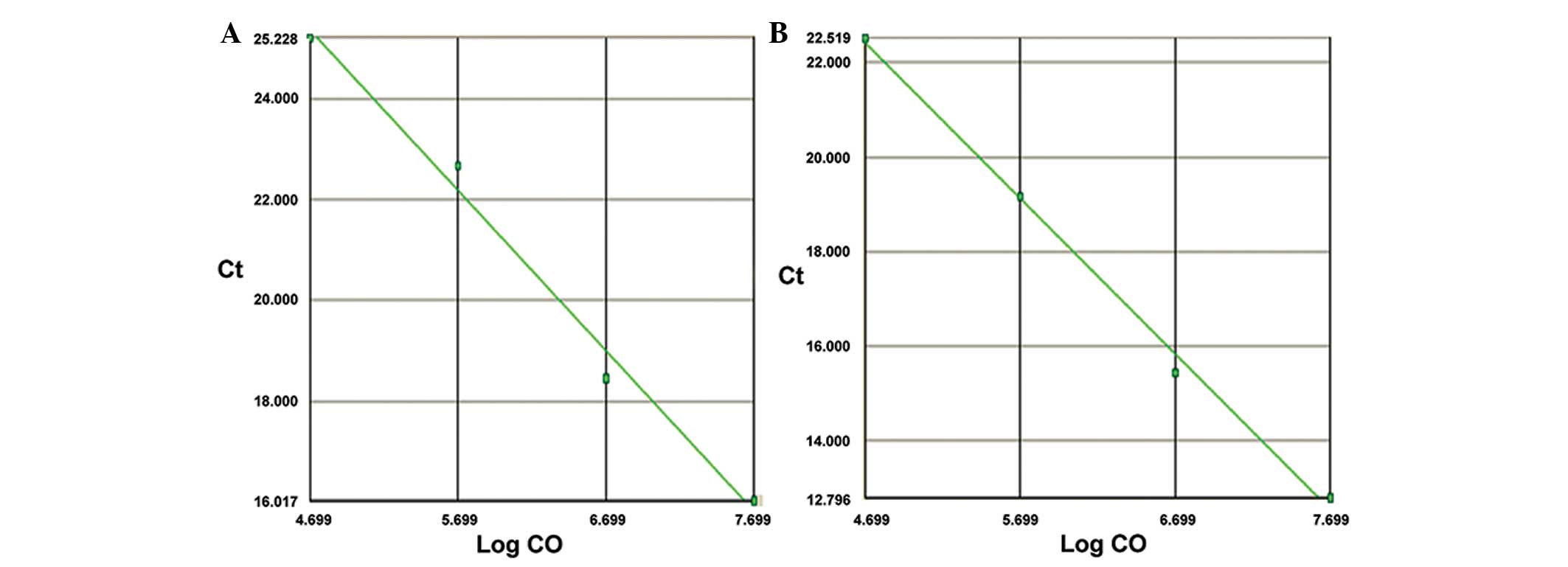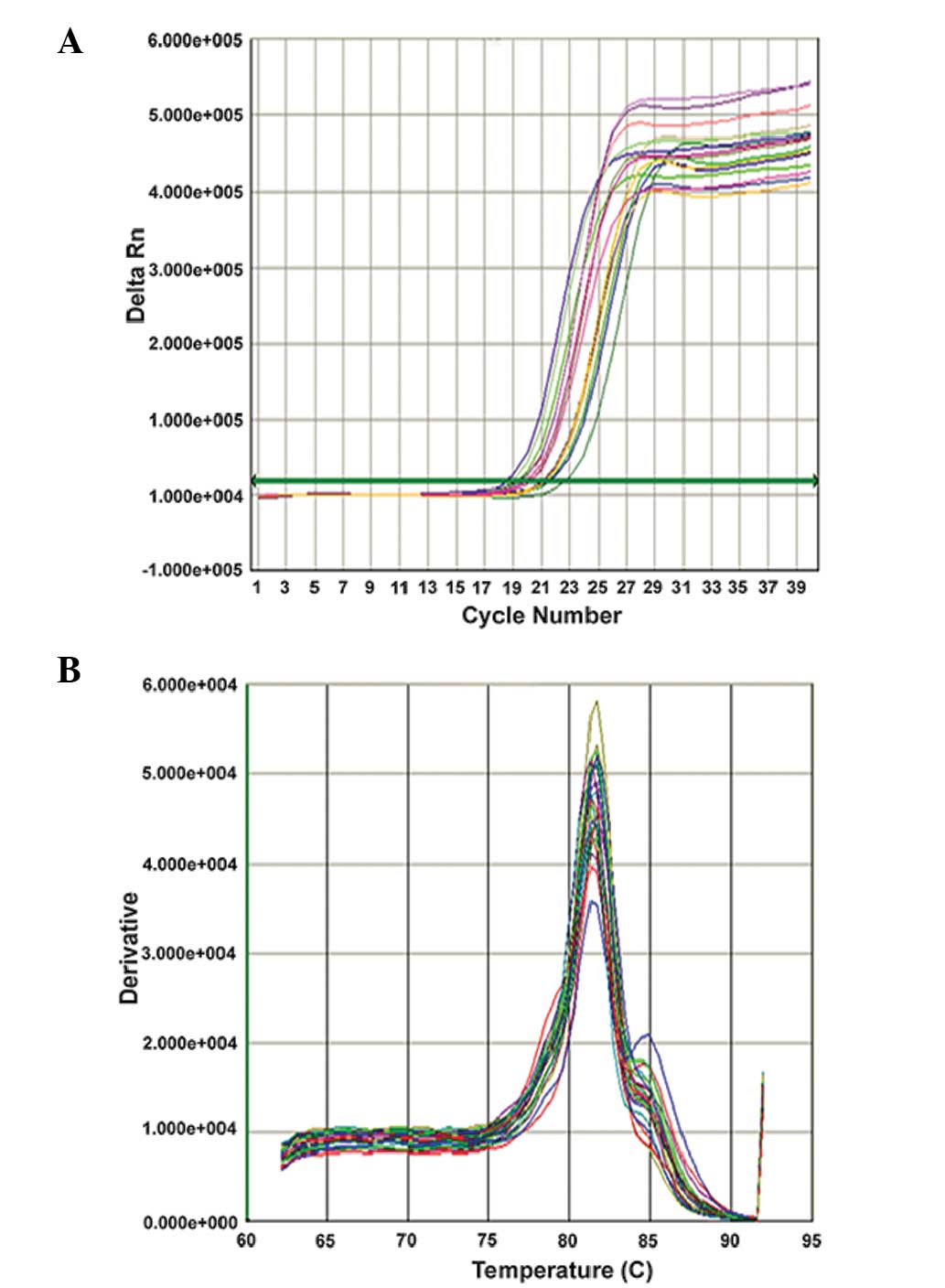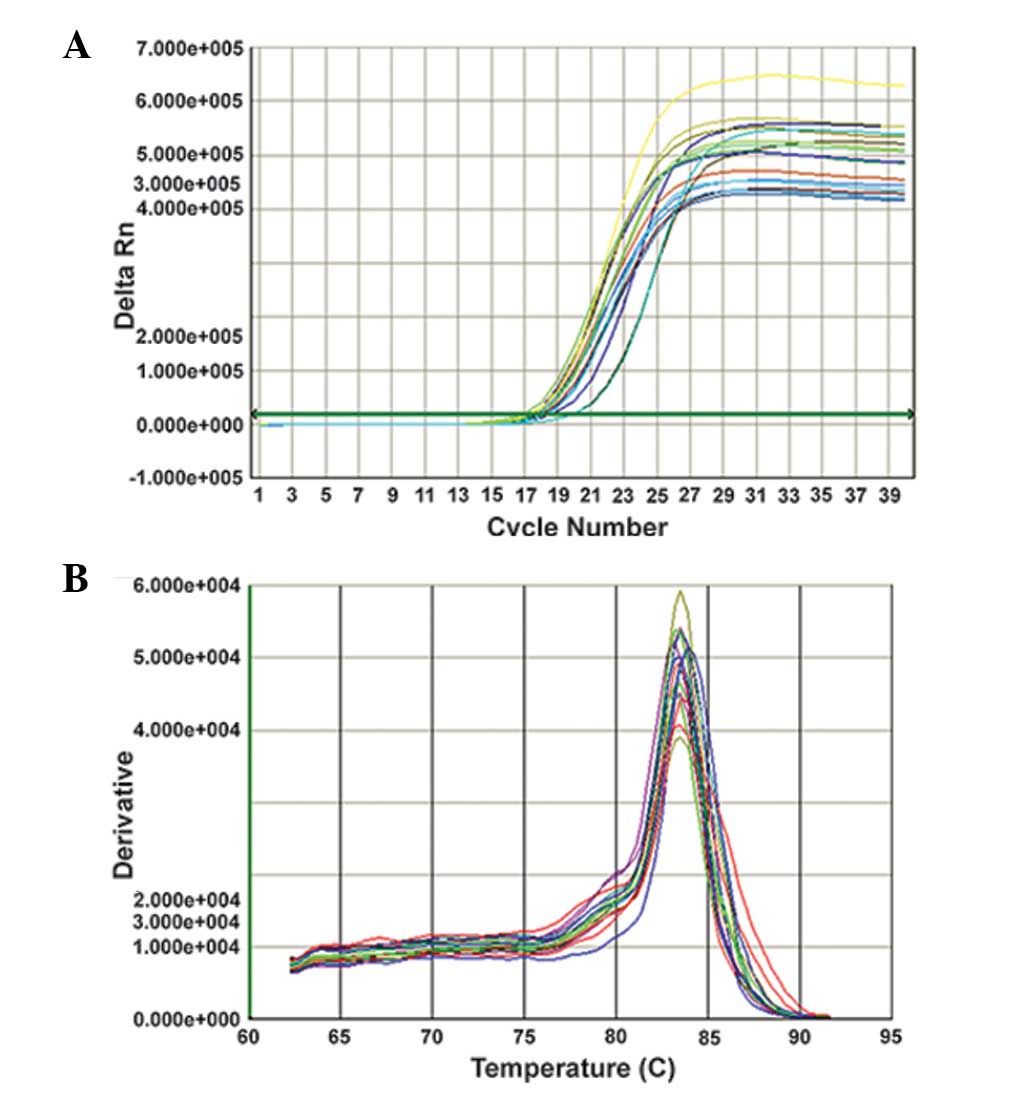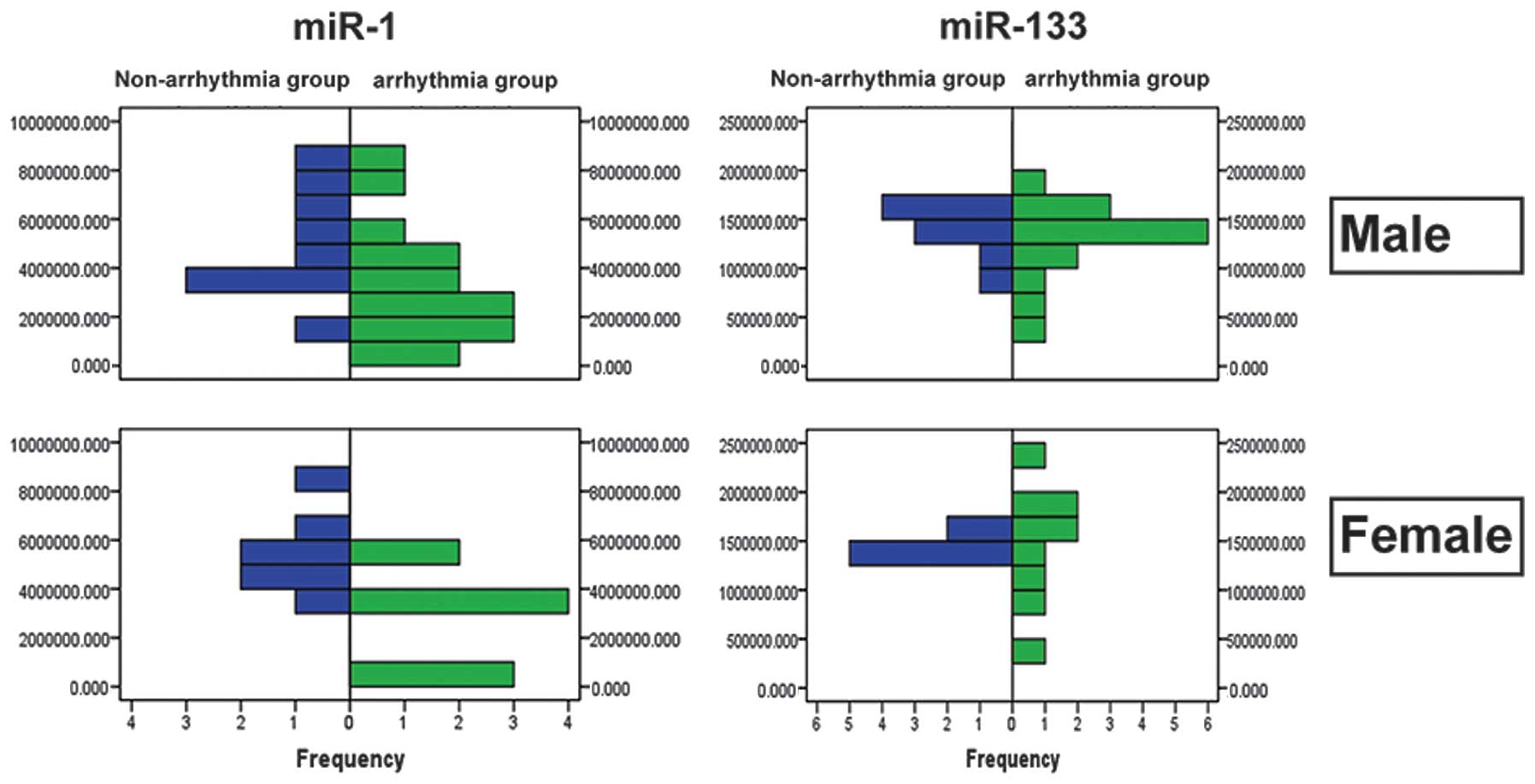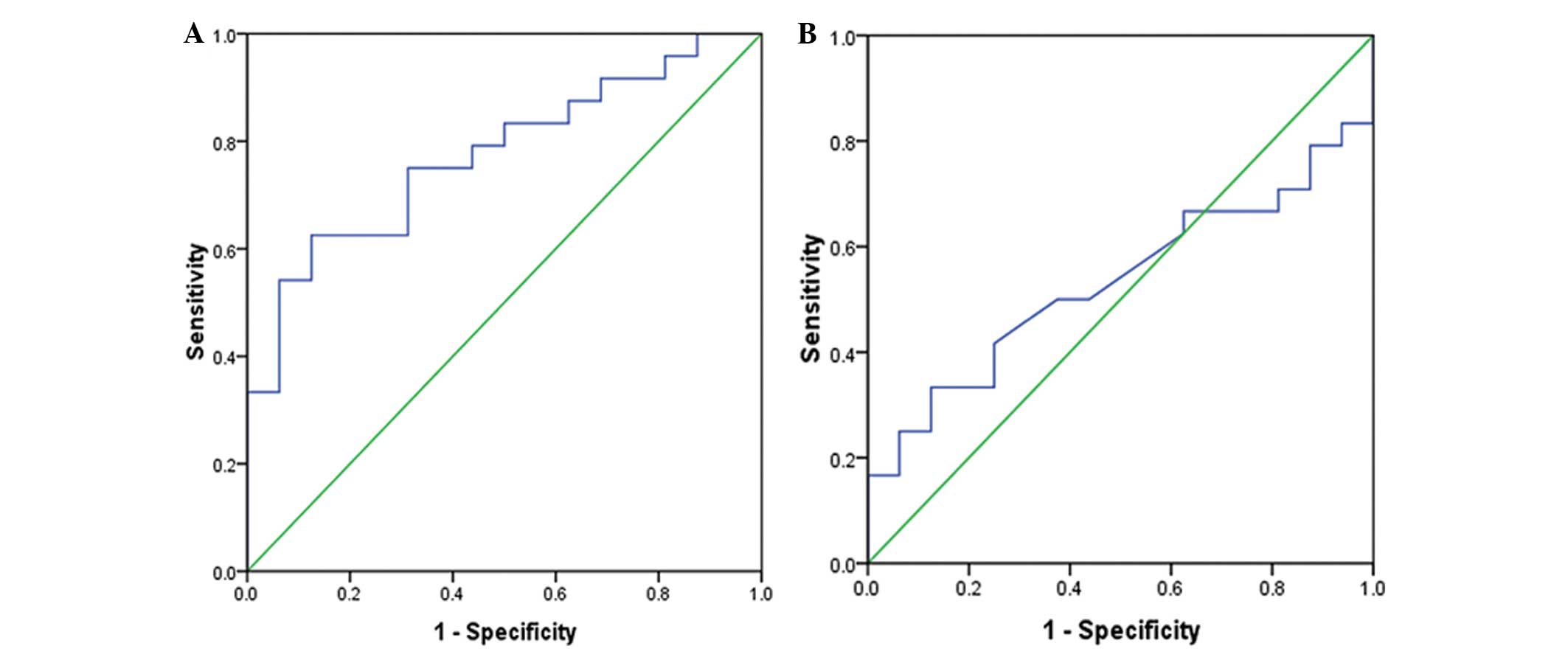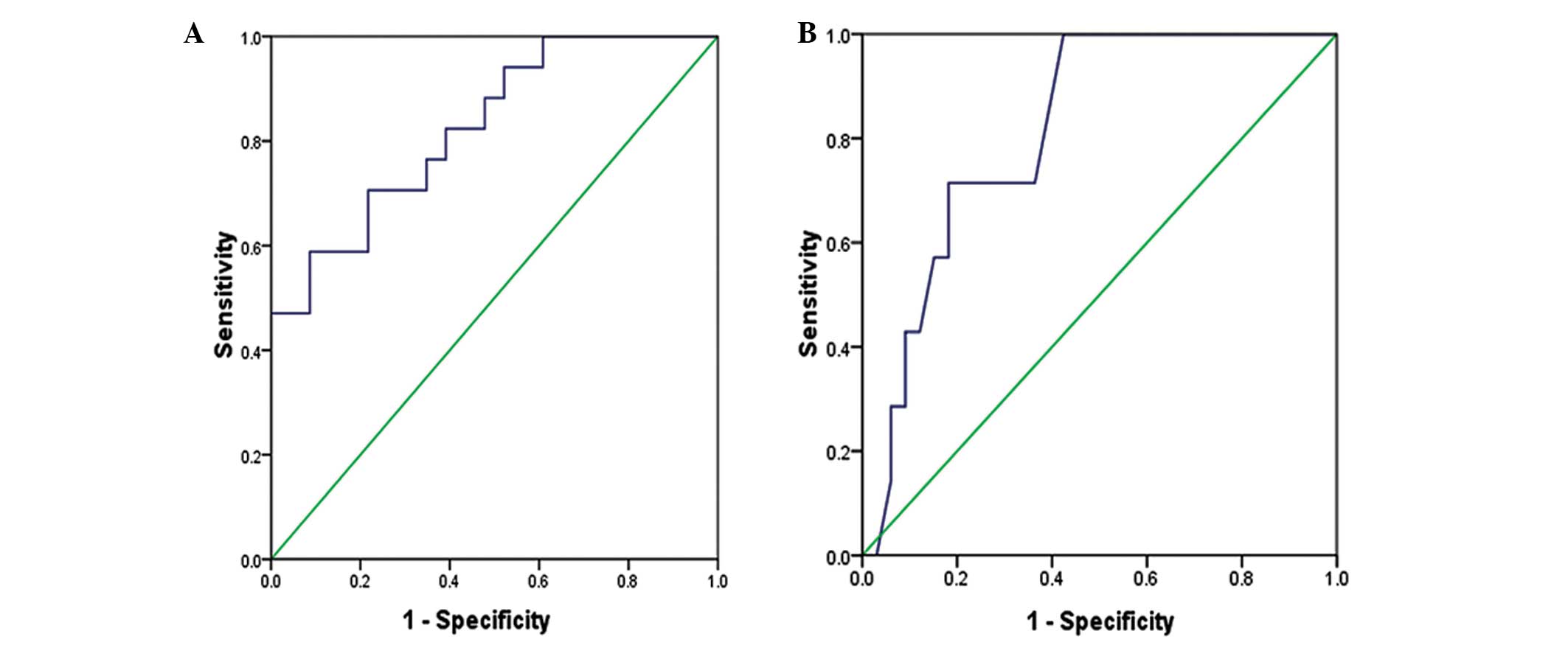|
1
|
Balaguer Gargallo M, Jordán García I,
Caritg Bosch J, et al: Supraventricular tachycardia in infants and
children. An Pediatr (Barc). 67:133–138. 2007.In Spanish.
View Article : Google Scholar
|
|
2
|
Calabrò MP1, Cerrito M, Luzza F, et al:
Supraventricular tachycardia in infants: epidemiology and clinical
management. Curr Pharm Des. 14:723–728. 2008. View Article : Google Scholar : PubMed/NCBI
|
|
3
|
Weindling SN, Saul JP and Walsh EP:
Efficacy and risks of medical therapy for supraventricular
tachycardia in neonates and infants. Am Heart J. 131:66–72. 1996.
View Article : Google Scholar : PubMed/NCBI
|
|
4
|
Kugler JD, Danford DA, Deal BJ, et al:
Radiofrequency catheter ablation for tachyarrhythmias in children
and adolescents. N Engl J Med. 330:1481–1487. 1994. View Article : Google Scholar : PubMed/NCBI
|
|
5
|
Schwartz P, Crotti L and Insolia R:
Arrhythmogenic disorders of genetic origin: long QT syndrome: from
genetics to management. Circ Arrhythm Electrophysiol. 5:868–873.
2012. View Article : Google Scholar : PubMed/NCBI
|
|
6
|
Shimizu W and Horie M: Phenotypical
manifestations of mutations in genes encoding subunits of cardiac
potassium channels. Circ Res. 109:97–109. 2011. View Article : Google Scholar : PubMed/NCBI
|
|
7
|
Meister G and Tuschl T: Mechanisms of gene
silencing by double-stranded RNA. Nature. 431:343–349. 2004.
View Article : Google Scholar : PubMed/NCBI
|
|
8
|
Alvarez-Garcia I and Miska EA: MicroRNA
functions in animal development and human disease. Development.
132:4653–4662. 2005. View Article : Google Scholar : PubMed/NCBI
|
|
9
|
Miranda KC, Huynh T, Tay Y, et al: A
pattern-based method for the identification of MicroRNA binding
sites and their corresponding heteroduplexes. Cell. 126:1203–1217.
2006. View Article : Google Scholar : PubMed/NCBI
|
|
10
|
Cheng AM, Byrom MW, Shelton J and Ford LP:
Antisense inhibition of human miRNAs and indications for an
involvement of miRNA in cell growth and apoptosis. Nucleic Acids
Res. 33:1290–1297. 2005. View Article : Google Scholar : PubMed/NCBI
|
|
11
|
da Costa Martins PA, Leptidis S, Salic K
and De Windt LJ: MicroRNA regulation in cardiovascular disease.
Curr Drug Targets. 11:900–906. 2010. View Article : Google Scholar : PubMed/NCBI
|
|
12
|
Ikeda S and Pu WT: Expression and function
of microRNAs in heart disease. Curr Drug Targets. 11:913–925. 2010.
View Article : Google Scholar : PubMed/NCBI
|
|
13
|
Jazbutyte V and Thum T: MicroRNA-21: from
cancer to cardiovascular disease. Curr Drug Targets. 11:926–935.
2010. View Article : Google Scholar : PubMed/NCBI
|
|
14
|
Lagos-Quintana M, Rauhut R, Yalcin A, et
al: Identification of tissue-specific microRNAs from mouse. Curr
Biol. 12:735–739. 2002. View Article : Google Scholar : PubMed/NCBI
|
|
15
|
Marsit CJ, Eddy K and Kelsey KT: MicroRNA
responses to cellular stress. Cancer Res. 66:10843–10848. 2006.
View Article : Google Scholar : PubMed/NCBI
|
|
16
|
Etheridge A, Lee I, Hood L, et al:
Extracellular microRNA: a new source of biomarkers. Mutat Res.
717:85–90. 2011. View Article : Google Scholar : PubMed/NCBI
|
|
17
|
van Rooij E, Sutherland LB, Qi X,
Richardson JA, Hill J and Olson EN: Control of stress-dependent
cardiac growth and gene expression by a microRNA. Science.
316:575–579. 2007. View Article : Google Scholar : PubMed/NCBI
|
|
18
|
van Rooij E, Quiat D, Johnson BA, et al: A
family of microRNAs encoded by myosin genes governs myosin
expression and muscle performance. Dev Cell. 17:662–673. 2009.
View Article : Google Scholar : PubMed/NCBI
|
|
19
|
Luo X, Zhang H, Xiao J and Wang Z:
Regulation of human cardiac ion channel genes by microRNAs:
theoretical perspective and pathophysiological implications. Cell
Physiol Biochem. 25:571–586. 2010. View Article : Google Scholar : PubMed/NCBI
|
|
20
|
Ye Y, Hu Z, Lin Y, et al: Downregulation
of microRNA-29 by antisense inhibitors and a PPAR-gamma agonist
protects against myocardial ischaemia-reperfusion injury.
Cardiovasc Res. 87:535–544. 2010. View Article : Google Scholar : PubMed/NCBI
|
|
21
|
Qin Y, Yu Y, Dong H, et al: MicroRNA 21
inhibits left ventricular remodeling in the early phase of rat
model with ischemia-reperfusion injury by suppressing cell
apoptosis. Int J Med Sci. 9:413–423. 2012. View Article : Google Scholar
|
|
22
|
Zhang X, Wang X, Zhu H, et al: Synergistic
effects of the GATA-4-mediated miR-144/451 cluster in protection
against simulated ischemia/reperfusion-induced cardiomyocyte death.
J Mol Cell Cardiol. 49:841–850. 2010. View Article : Google Scholar : PubMed/NCBI
|
|
23
|
Ganesan J, Ramanujam D, Sassi Y, et al:
MiR-378 controls cardiac hypertrophy by combined repression of
mitogen-activated protein kinase pathway factors. Circulation.
127:2097–2106. 2013. View Article : Google Scholar : PubMed/NCBI
|
|
24
|
Luo X, Zhang H, Xiao J, et al: Regulation
of human cardiac ion channel genes by microRNAs: theoretical
perspective and pathophysiological implications. Cell Physiol
Biochem. 25:571–586. 2010. View Article : Google Scholar : PubMed/NCBI
|
|
25
|
Terentyev D, Belevych AE, Terentyeva R, et
al: miR-1 over-expression enhances Ca(2+) release and promotes
cardiac arrhythmogenesis by targeting PP2A regulatory subunit
B56alpha and causing CaMKII dependent hyperphosphorylation of RyR2.
Circ Res. 104:514–521. 2009. View Article : Google Scholar : PubMed/NCBI
|
|
26
|
Ai J, Zhang R, Li Y, et al: Circulating
microRNA-1 as a potential novel biomarker for acute myocardial
infarction. Biochem Biophys Res Commun. 391:73–77. 2010. View Article : Google Scholar
|
|
27
|
Wang GK, Zhu JQ, Zhang JT, et al:
Circulating microRNA: a novel potential biomarker for early
diagnosis of acute myocardial infarction in humans. Eur Heart J.
31:659–666. 2010. View Article : Google Scholar : PubMed/NCBI
|
|
28
|
D’Alessandra Y, Pompilio G and Capogrossi
MC: MicroRNAs and myocardial infarction. Curr Opin Cardiol.
27:228–235. 2012. View Article : Google Scholar
|
|
29
|
Iekushi K, Seeger F, Assmus B, Zeiher AM
and Dimmeler S: Regulation of cardiac microRNAs by bone marrow
mononuclear cell therapy in myocardial infarction. Circulation.
125:1765–1773. S1–S7. 2012. View Article : Google Scholar : PubMed/NCBI
|
|
30
|
Zhang Y, Sun L, Zhang Y, et al:
Overexpression of microRNA-1causes atrioventricular block in
rodents. Int J Biol Sci. 9:455–462. 2013. View Article : Google Scholar
|
|
31
|
Boyett MR, Inada S, Yoo S, et al:
Connexins in the sinoatrial and atrioventricular nodes. Adv
Cardiol. 42:175–197. 2006. View Article : Google Scholar : PubMed/NCBI
|
|
32
|
Luo X, Lin H, Pan Z, et al:
Down-regulation of miR-1/m iR-133 contributes to re-expression of
pacemaker channel genes HCN2 and HCN4 in hypertrophic heart. J Biol
Chem. 283:20045–20052. 2008. View Article : Google Scholar : PubMed/NCBI
|
|
33
|
Xiao J, Yang B, Lin H, Lu Y, Luo X and
Wang Z: Novel approaches for gene-specific interference via
manipulating actions of microRNAs: examination on the pacemaker
channel genes HCN2 and HCN4. J Cell Physiol. 212:285–292. 2007.
View Article : Google Scholar : PubMed/NCBI
|
|
34
|
Li Y, Yang CM, Xi Y, et al: MicroRNA-1/133
targeted dysfunction of potassium channels KCNE1 and KCNQ1 in human
cardiac progenitor cells with simulated hyperglycemia. Int J
Cardiol. 167:1076–1078. 2013. View Article : Google Scholar
|
|
35
|
Matkovich SJ, Wang W, Tu Y, et al:
MicroRNA-133a protects against myocardial fibrosis and modulates
electrical repolarization without affecting hypertrophy in
pressure-overloaded adult hearts. Circ Res. 106:166–175. 2010.
View Article : Google Scholar :
|
|
36
|
Xiao J, Luo X, Lin H, et al: MicroRNA
miR-133 represses HERG K+ channel expression
contributing to QT prolongation in diabetic hearts. J Biol Chem.
282:12363–12367. 2007. View Article : Google Scholar : PubMed/NCBI
|
|
37
|
Stauffer BL, Sobus RD and Sucharov CC: Sex
differences in cardiomyocyte connexin43 expression. J Cardiovasc
Pharmacol. 58:32–39. 2011. View Article : Google Scholar : PubMed/NCBI
|















